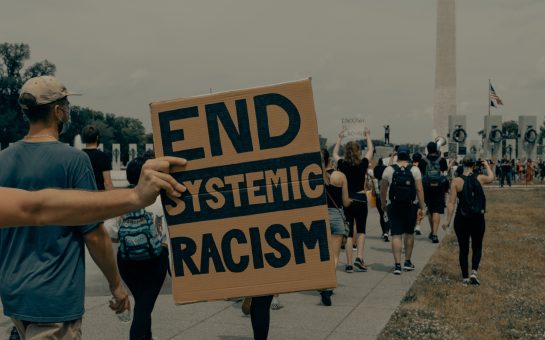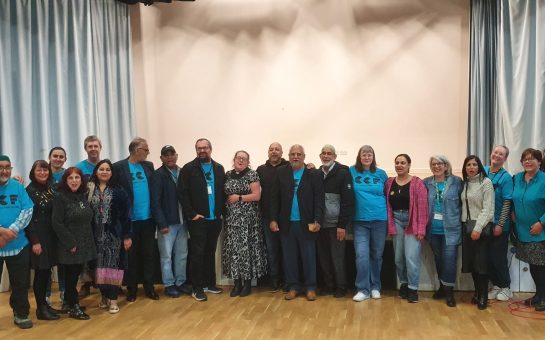January 8 marks Ethnicity Pay Gap Day, a campaign petitioning for universal pay parity and mandatory pay gap reporting.
The annual awareness day aligns with the #EthnicityPayGapCampaign, which was founded in 2018 by activist Dianne Greyson.
Dianne became aware of the severity of the ethnicity pay gap after reading an article from The Guardian, which said people of colour in the UK were losing out on £3.2 billion per year.
Dianne explains: “My first campaign action was actually inspired by the #MeToo movement. They created a t-shirt, so people could show solidarity with the movement.
“So, I created an #EthnicityPayGapDay t-shirt for the same reason.”
She continues: “It was never my intention to start a promotional campaign! But people asked for the shirt to show their support, and it snowballed from there.”
WHAT IS THE ETHNICITY PAY GAP?
The ethnicity pay gap refers to the difference in average pay between employees from ethnic minority backgrounds in a workforce, compared to their white colleagues.
According to a 2019 ONS report, its most recent on the subject, most Black, Asian, and Minority Ethnic (BAME) groups earn less on average than white British people.
The highest pay gap was between white and Pakistani Britons, who earned 16% less per hour, on average.
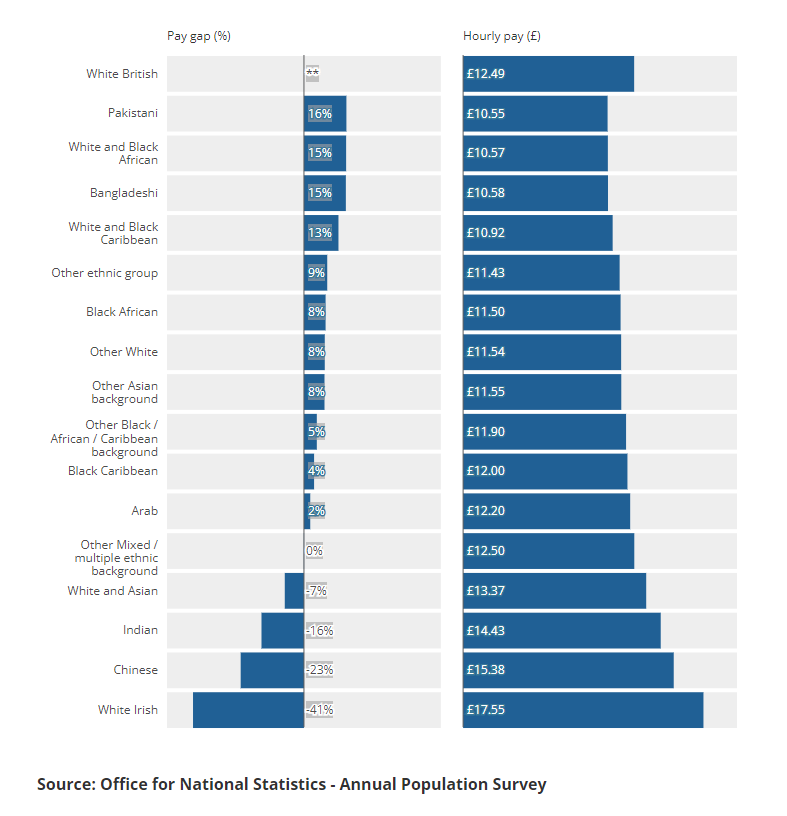
“There’s just limited knowledge on the ethnicity pay gap,” Dianne says.
“That’s not to say there isn’t information out there, but we just don’t have the platform yet.”
The ONS’s most recent report on the ethnicity pay gap was published in 2019 – it has since been discontinued.
In comparison, the gender pay gap is still subject to a full report each year.
Dianne says: “The general public knows a lot about the gender pay gap, but they know hardly anything about the ethnicity pay gap.”
SUPPORT FROM EMPLOYERS AND ORGANISATIONS
Up until recently, Dianne had been financing the #EthnicityPayGapCampaign independently: “My day job pays for my campaigning! But the objective for this year is to get some grants from larger organisations.
“Ultimately, we need more publicity, and more support for larger organisations.”
The #EthnicityPayGapCampaign recently received support from the Confederation of British Industry, and the London Chamber of Commerce and Industry.
However, Dianne highlights the difficulties in getting other large organisations on board.
“Silence is golden…” she says.
“The fact that some organisations don’t reply to our inquiries, but will support the gender pay gap, for example. It says a lot. The difference is race.”
THE IMPACT OF THE ETHNICITY PAY GAP
The ethnicity pay gap has narrowed over time.
It reached its peak in 2014, with a pay gap of over 8% (meaning, the median hourly earnings of a white employee was 8% more than their non-white colleague).
In 2019, this gap was reported to have reduced to 2.3%.
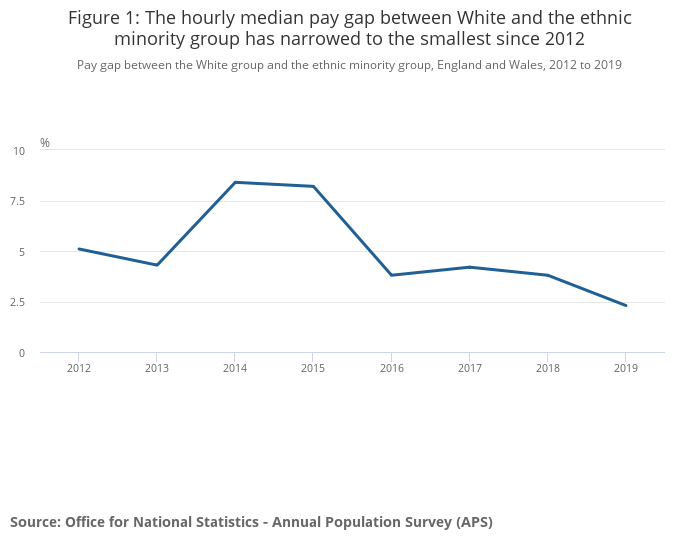
Regardless, the pay gap is still prominent, and negatively affects BAME communities outside of work.
“The primary consequence of the ethnicity pay gap is the mental stress,” Dianne says.
“It’s difficult and painful for us to do research into this problem. When I founded this campaign, I didn’t realise the true extent of the problem.
“In this time of austerity, the impact of the ethnicity pay gap for people of colour is even worse. There’s a real challenge to be able to live.”
A 2017 report by The Runnymede Trust supports this, finding that Black (8%), Bangladeshi (16%), and Pakistani (14%) households were in receipt of Working Tax Credit, compared to only 5% of White households.
Similar groups are most impacted by the ethnicity pay gap. The pay gap between white individuals and Black Africans is 24%, and is over 26% for Pakistanis and Bangladeshis.
“It’s not just about the data, it’s about the people behind the data. Every single number refers to a human being that’s being affected.”
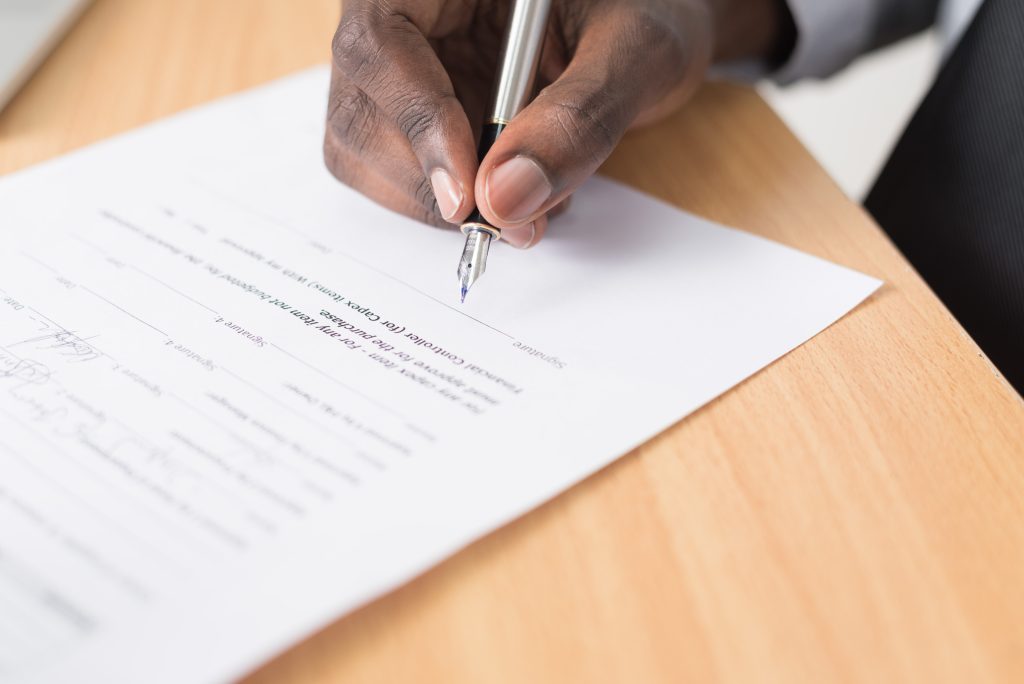
THE FIGHT FOR MANDATORY PAY GAP REPORTING
The number of companies reporting their ethnicity pay gap has increased from 11% in 2018 to 19% in 2021. Despite this, ethnicity pay gap reporting is not mandatory – unlike gender pay gap reporting.
A 2020 petition demanding the introduction of mandatory ethnicity pay gap reporting reached over 130,000 signatures.
Dianne considers online petitioning useful, but in need of follow up by parliamentarians.
“I knew from day one that this was going to be a slog, and that, if we were going to achieve mandatory pay gap reporting, it would be a forced decision. Not something politicians would immediately think of as the right thing to do.”
“I’ve written to several MPs, and not one has responded with a solution.” Dianne continues, “There’s often not even an acknowledgement. It’s extremely poor.”
THE FUTURE OF THE CAMPAIGN
On the future of the campaign, Dianne’s objective is simple: “The first thing is securing mandatory reporting. But we want to go beyond that.”
“The next thing would be focusing on things like employability workshops for young people, and even those who are already in work. This is about making people comfortable to have conversations about pay, and workplace solidarity.”
“Ultimately, this isn’t a political issue. It’s a human rights issue. Everyone has the right to fair pay.”



